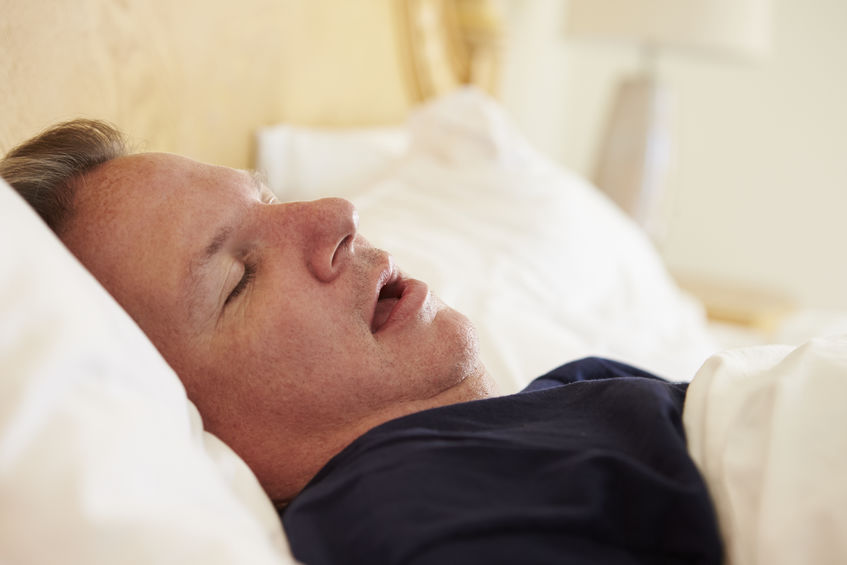The Surprisingly Common Sleep Condition
Sleep apnea affects over 18 million Americans and is just as common as type 2 diabetes. Obstructive sleep apnea (OSA) is characterized by airway blockages that occur during sleep. Most often, this happens when the soft tissue in the back of the throat collapses intermittently throughout the night. Though most people associate OSA with snoring, the condition can cause significant health problems, such as high blood pressure, cardiovascular disease, and memory problems, if left untreated. Patients should be aware of 3 key risk factors for the condition.
1. Improper weight management
Being overweight or obese is a significant risk factor for OSA. People who are carrying excess weight have extra fatty tissue in the breathing passage. This means there is less room for air to flow, leading to a higher risk of breathing disruption during sleep. Though people of all sizes can get obstructive sleep apnea, the condition is more common in patients who are overweight or obese. In particular, a larger neck circumference contributes to sleep apnea risk.
2. Alcohol consumption
Because alcohol affects the part of the brain that controls breathing, overconsumption of alcohol can contribute to sleep apnea. In particular, drinking alcohol close to bedtime can lead to a constricted airway during sleep. Likewise, smoking increases the risk of OSA.
3. Gender and age
Typically, OSA occurs more often in men than in women. The condition is 2-3 times more common in adult men than premenopausal women. However, in postmenopausal women, sleep apnea risk is similar to that of men. Even though sleep apnea can occur in anyone, even children, the condition is most common in adults over the age of 40.
The most common treatment
Treatment for OSA typically involves a combination of lifestyle changes and other therapies. In mild to moderate cases, patients may see an improvement through losing weight, decreasing alcohol consumption, and avoiding sleeping on the back. In moderate to severe cases, the most common treatment option is the use of a continuous positive airway pressure (CPAP) machine.
How does CPAP work?
A CPAP machine provides air in a steady pressure to help keep airways open. Some patients find that a fixed pressure works well to prevent snoring and other OSA symptoms. In some cases, patients may use a CPAP machine that auto-adjusts the pressure based on airway resistance. Using this machine can take some getting used to, but the device is the most consistently successful option for OSA treatment.
When to seek help
Because OSA occurs during sleep, some people may be unaware of having the condition. Daytime drowsiness, abrupt awakening with gasping, headaches, irritability, and difficulty concentrating are all common indicators of OSA. Patients should consult with an ear, nose, and throat (ENT) specialist to learn more about sleep apnea diagnosis and treatment options.




